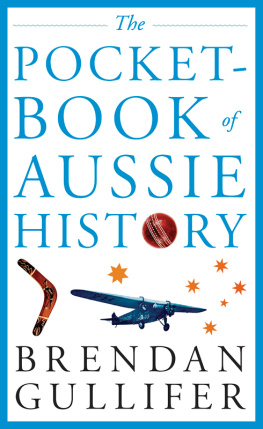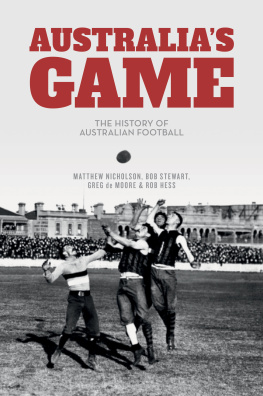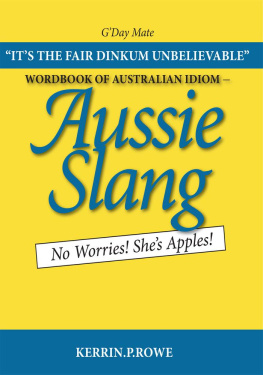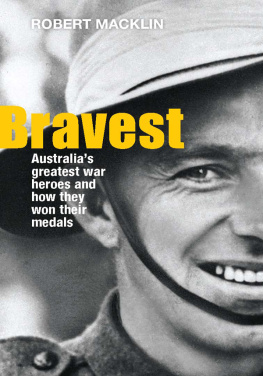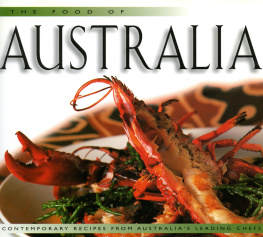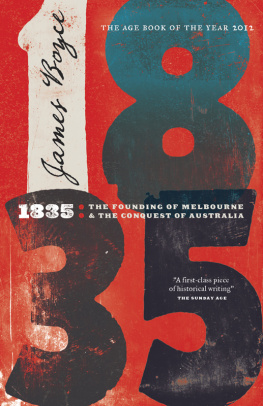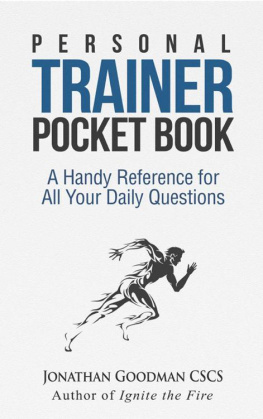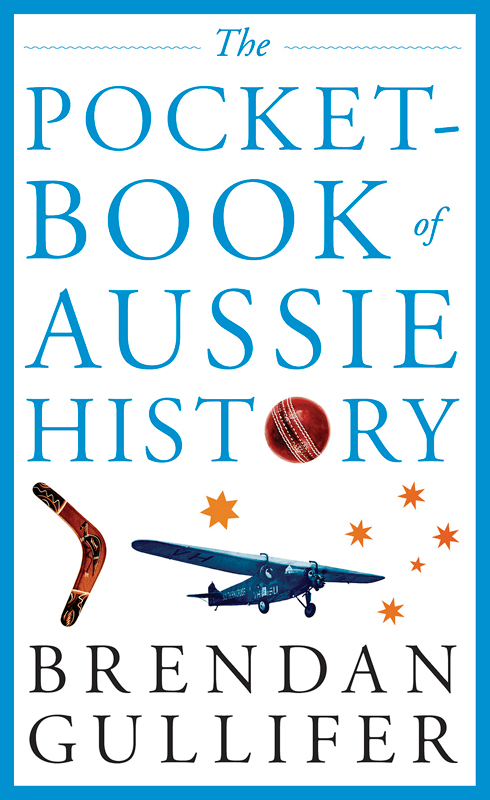
The POCKETBOOK of
AUSSIE HISTORY

The POCKETBOOK of
AUSSIE HISTORY

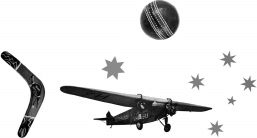
BRENDAN GULLIFER

Published by Black Inc.,
an imprint of Schwartz Media Pty Ltd
3739 Langridge Street
Collingwood VIC 3066 Australia
email: enquiries@blackincbooks.com
http://www.blackincbooks.com
Copyright Brendan Gullifer 2010
ALL RIGHTS RESERVED.
No part of this publication may be reproduced, stored in a retrieval system,
or transmitted in any form by any means electronic, mechanical, photocopying,
recording or otherwise with out the prior consent of the publishers.
My Country is reproduced by arrangement with the Estate of
Dorothea Mackellar c/- Curtis Brown (Aust) Pty Ltd.
e-ISBN: 9781921870200
Cover design: Thomas Deverall
CONTENTS
:
:

For Robyn, Sunday, Honor and Lawrence
The newspaper reading room at the State Library of Victoria is one of my favourite places.
In the microfilm section, lamp-lit faces peer at screens and the only noise is the quiet swoosh of spinning spools. The place has a church-like quality. Theres an air of sepulchral calm, a studious world away from the rattling trams and pedestrians outside on busy Swanston Street.
The librarys collection comprises nearly 4000 separate newspaper titles, which add up to over 100,000 volumes or boxes of newspapers. For someone who has spent most of his working life in the media, visiting always feels like a rare privilege an opportunity to metaphorically peer through a telescope pointed at our past. As the newspaper industry struggles to survive and reinvent itself, collections like the State Librarys are vivid reminders that journalism continues to be our first rough draft of history.
I spent many hours again in the newspaper reading room updating this second edition of The Pocketbook ofAussie History. As I said in the first edition, I am perhaps the least likely person to write a history book. The subject bored me at school. I couldnt see the point.
In my late teens and early twenties, I absconded from university, escaping into the daily excitement of rural and then city journalism, both in Australia and overseas. And now, twenty-five years later, I return to newspapers in a different way, to bring this small book up to date.
From this perspective, the importance of history is starkly clear. Hindsight puts things into place. With distance, patterns emerge. With the passing of time, the seemingly random and unfathomable becomes one more piece in a jigsaw.
Since the last edition, weve seen a strengthening of the role of women in public life in Australia. We now have our first female governor-general, our first female prime minister and our first female premiers in Queensland and New South Wales.
Natural disasters, always a part of the Australian story, seem to be more frequent and more violent, and certainly more unpredictable. Overseas, acts of terrorism happen regularly. And hung parliaments have occurred federally in Australia, as well as in Tasmania and Western Australia, the UK and Sweden. (South Australia had a minority government after the 2002 election while Victoria and Queensland also had minority governments in recent decades.)
Over the past decade, Australian history has become a more mainstream subject of public discussion and interpretation. This is healthy. But this pocketbook is something else: a volume of facts and dates, and a handy reference guide to Australias history. You can read it cover to cover, dip in and out of it for inspiration or information, or use it to solve an argument. Its a scaffold for understanding, and hopefully a springboard to encourage further investigation.
Brendan Gullifer
TIMELINE of AUSTRALIAN
& WORLD HISTORY
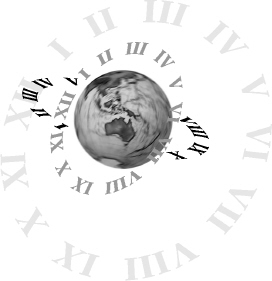
| Australia | Abroad |
| 208145 million BC: Australia joined to New Zealand, Antarctica, South America. First mammals appear. |
| 65 million BC: Likely mass death of dinosaurs. |
| 20 million BC: Australia isolated from other continents. Relatives of current animals begin to appear, including flesh-eating kangaroo. |
| 8 million BC: Sea levels drop. Nullabor Plain, once the limestone bottom of an ancient sea, exposed. | 8 million BC: Ancestral forms of apes in Africa, Europe, Asia. |
| 120,000 BC: Neanderthals in Europe, Western Eurasia. |
| 100,000 BC: Anatomically modern humans in sub-Saharan Africa. |
| 60,00040,000 BC: Humans probably reach continent from South-East Asia. |
| 35,000 BC: (70,000 BC) Tasmania probably first settled. |
| 30,00028,000 BC: Evidence of well-established tribes, Lake Mungo (around 1000 kilometres west of Sydney). |
| 10,000 BC: Evidence of fire-stick farming. First paintings of humanlike figures. | 10,000 BC: First settled agriculture, animal domestication, bow and arrow. |
| 5500 BC: First irrigation system, Mesopotamia. |
| 4000 BC: Dingo probably arrives. |
| 1492: Christopher Columbus sails for New World, landing in Cuba, Bahamas, Hispaniola. |
| 1498: Columbus explores South American mainland. Vasco da Gama rounds Cape of Good Hope, reaches India. |
| 1512: Portuguese reach spice islands, including Bali, Java. |
| 1528: Spaniard lvaro de Saavedra Cern discovers north coast of New Guinea. |
| 1567: Spaniard lvaro de Mendaa de Neira explores Solomon Islands. |
| 1596: Dutch trading party arrives in Jakarta. |
| 1606: Dutchman Willem Janz sails along west side of Cape York. | 1606: Portuguese Luis Vez de Torres sails through strait that now bears his name. |
| 1616: Dutchman Dirck Hartog lands on west coast. | 1616: William Shakespeare dies. |
| 1617: British establish penal colony in Virginia. |
| 1618: Dutch ship Zeewulf sights Australian coast. |
| 1619: Dutch ship Dordrecht sights land near Swan River. | 1619: American slave trade starts. |
| 1620: Pilgrims arrive at Plymouth, America. |
| 1622: First English ship to see Australia, Tryall, wrecked off Pilbara coast. |
| 1623: Dutch land at Cape York in search of gold. |
| 1626: Dutch acquire island of Manhattan. |
| 1627: Dutch land on southern coast. |
| 1629: Dutch ship Batavia wrecked on Abrolhos reef, near Australia. |
| 1642: Dutchman Abel Tasman discovers Van Diemens Land. |
Next page
